
Where are you from?
I am from Charlotte, North Carolina
Where are you currently living?
I am currently living in Charlotte, North Carolina, for now.
What degree are you pursuing, and from what institution?
I recently graduated from Rensselaer Polytechnic Institute in Troy, NY, with a Bachelor of Architecture.
Why is architecture and design important to you?
I consider architecture to be one of the most fascinating achievements. Since the beginning of time, it’s allowed individuals and collectives to preserve their ideas and cultures, while generating innovative solutions to problems within the built environment. Whether we know it or not, architecture and design are entities that we encounter every day. As a result, we must make sure that architecture and design are not simply fields of study, only accessible to those with an education or a certain demographic, but subjects that protect, nurture, and shape how communities thrive.
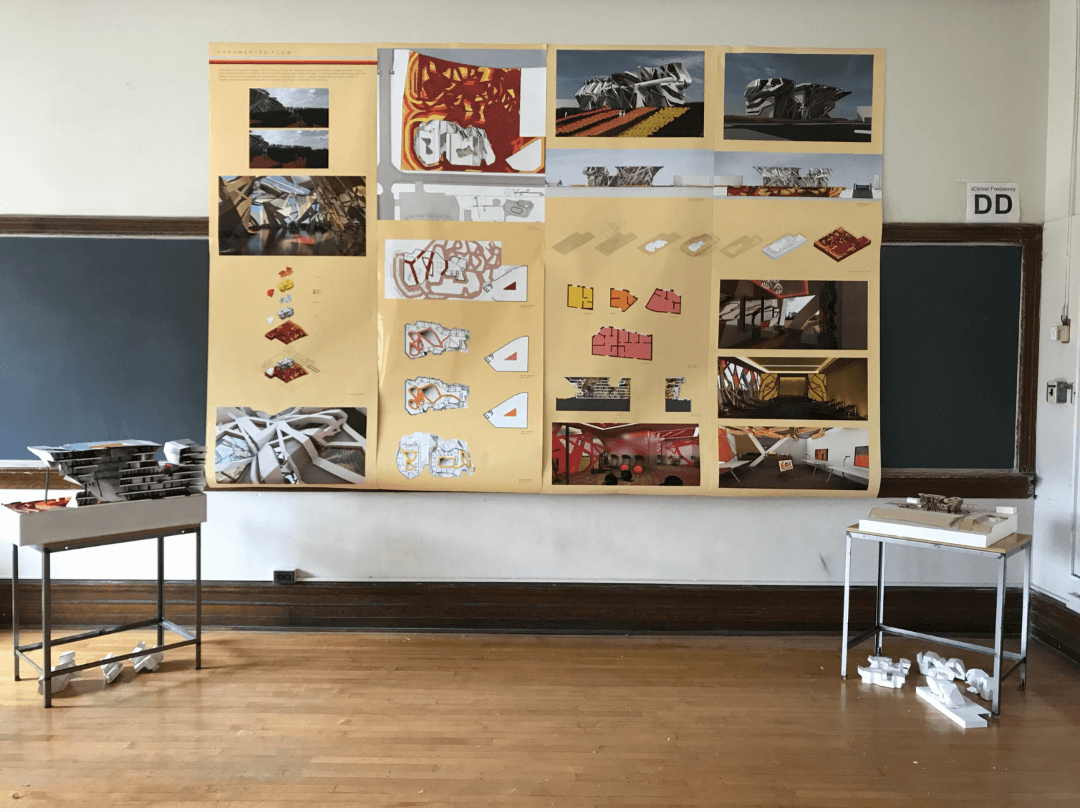
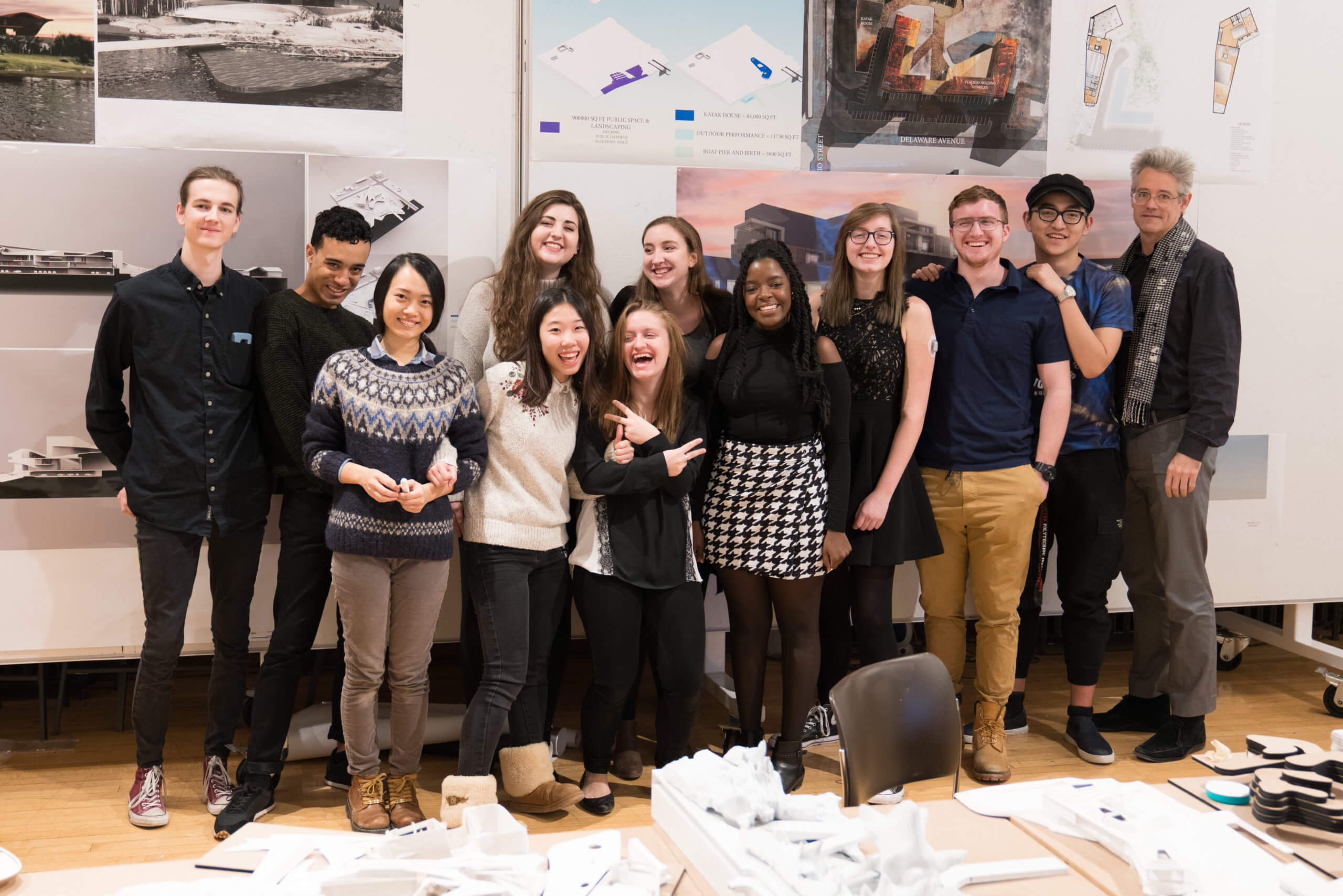
In what ways, if any, have you seen the industry responding to calls for social justice, diversity, and inclusion?
In some cases, schools have begun to reconsider their pedagogical approach to architecture—if the so-called whitewashing of architecture history is valid, the demographic breakdown of students and faculty, and considerations of their educational environment are conducive in generating diversity. Some firms and companies have introduced fellowships and partnerships with minority organizations in an effort to be more inclusive. However, the tell-tale sign will be in how many of these companies and their employees respond to social injustice. It’s no longer enough to simply put out a statement, or increase the number of diversity hires. Instead, we must look as designers if we are creating spaces that can be accessed by everyone. We must ask, are we destroying neighborhoods filled with culture and history for the sake of new and sleek designs? How to give reparations to damaged communities, and acknowledge our own roles?
How does your work engage with J.E.D.I. principles? (Justice, equity, diversity, and inclusion)
Within my work, there’s always one word that resonated with me through my research, design development, and implementation— who. Who is the project for, who gets access, who is important? When designing, we aren’t simply designing for the sake of a project. Ultimately, these buildings and structures will go on to shape cultural, social, and political interactions. In addressing the who in all projects, I can understand who need to be included and feel welcomed into a space or environment, who all belongs to a community or surrounding area of a project, etc.
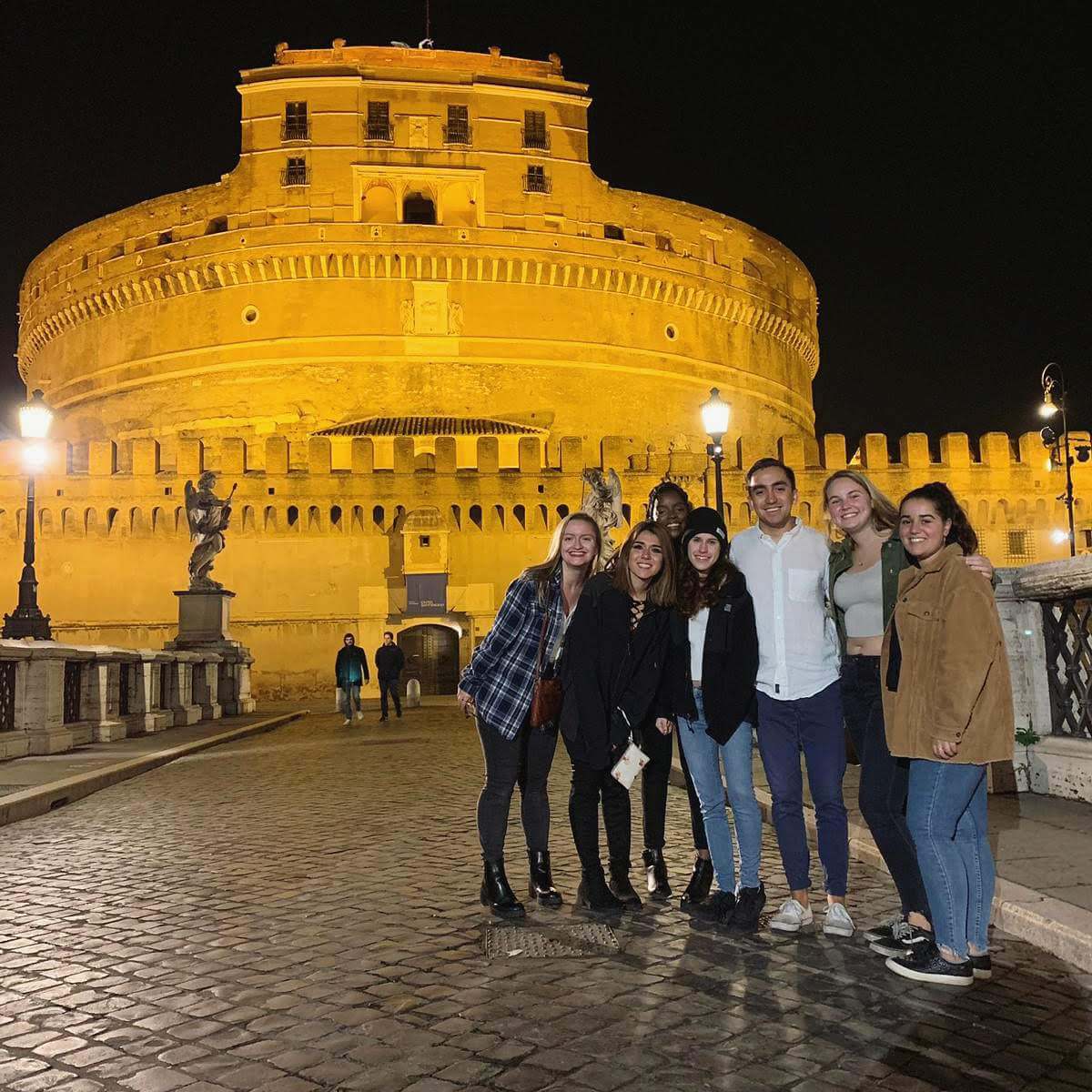
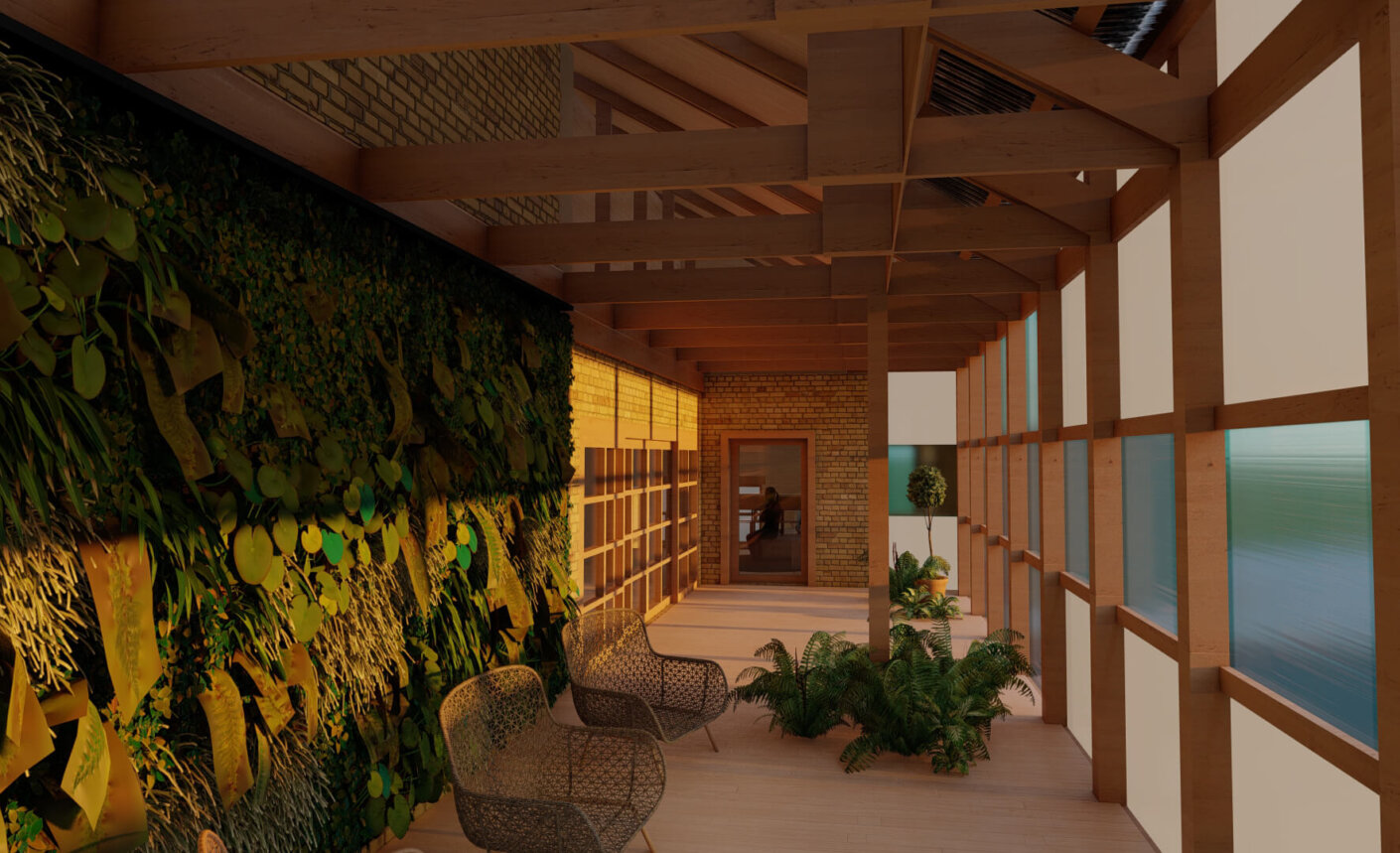
As an aspiring designer, who has helped you get to where you are now?
I firstly must thank my loving parents and siblings, who not only encouraged me to pursue my dreams, but to continuously try new things and expand my horizons. I must also thank my mentors and friends within the School of Architecture and RPI, including Al-Jalil Gault, Malika Yansaneh, Sofia Sosa and Sarah Schaffer to name a few—always answering my late night phone calls or texts, giving me advice, and pushing me to keep going when the end seemed too far. And lastly, I must thank the wonderful faculty of the School of Architecture at RPI, with special thanks to Christianna Bennett, for believing in me, and for being a beacon.
How do you hope to give back to other aspiring BIPOC designers?
Some things that I’ve noticed, especially in architectural education, is that there is a lack of recruitment and retention of BIPOC designers. While some of this may have to do with the cost of education and other factors, we must also address certain issues. Mirror feasibility, or the ability to see oneself in a desired position or goal, is often lacking in architecture, due to the disparity of licensed BIPOC designers and educators. Our education focuses on the evolution of Western architectural practices, from European origins, and often fails to acknowledge the agency of our ancestors as the original architects. I hope to shift this from aspiring BIPOC designers, and work to recruit them into fields of architecture and design from a young age, encouraging them and letting them know that it’s possible. I also aim to continue to contribute to organizations like the NOMA (National Organization of Minority Architects) as their programs and initiatives actively demonstrate a commitment to nurturing BIPOC designers, allowing me to serve as a mentor and give back in the future.
What’s a favorite project of yours, and why is it meaningful to you?
My favorite was a renovation project based in Troy, NY. This was unique and incredibly interesting to me, as it was my first time working on an existing building and working within cost-efficient, sustainable parameters. My partner and I were able to do demographic and contextual research to ensure that our intended design would not negatively impact the surrounding community, but enhance it. Our design allowed for a new home to be more energy efficient, and we incorporated greenery to allow low-income residents to have their own moment of respite in “nature.” We also permitted the home to be altered easily, and as often as necessary, through the use of accessible materials like plywood and polycarbonate.
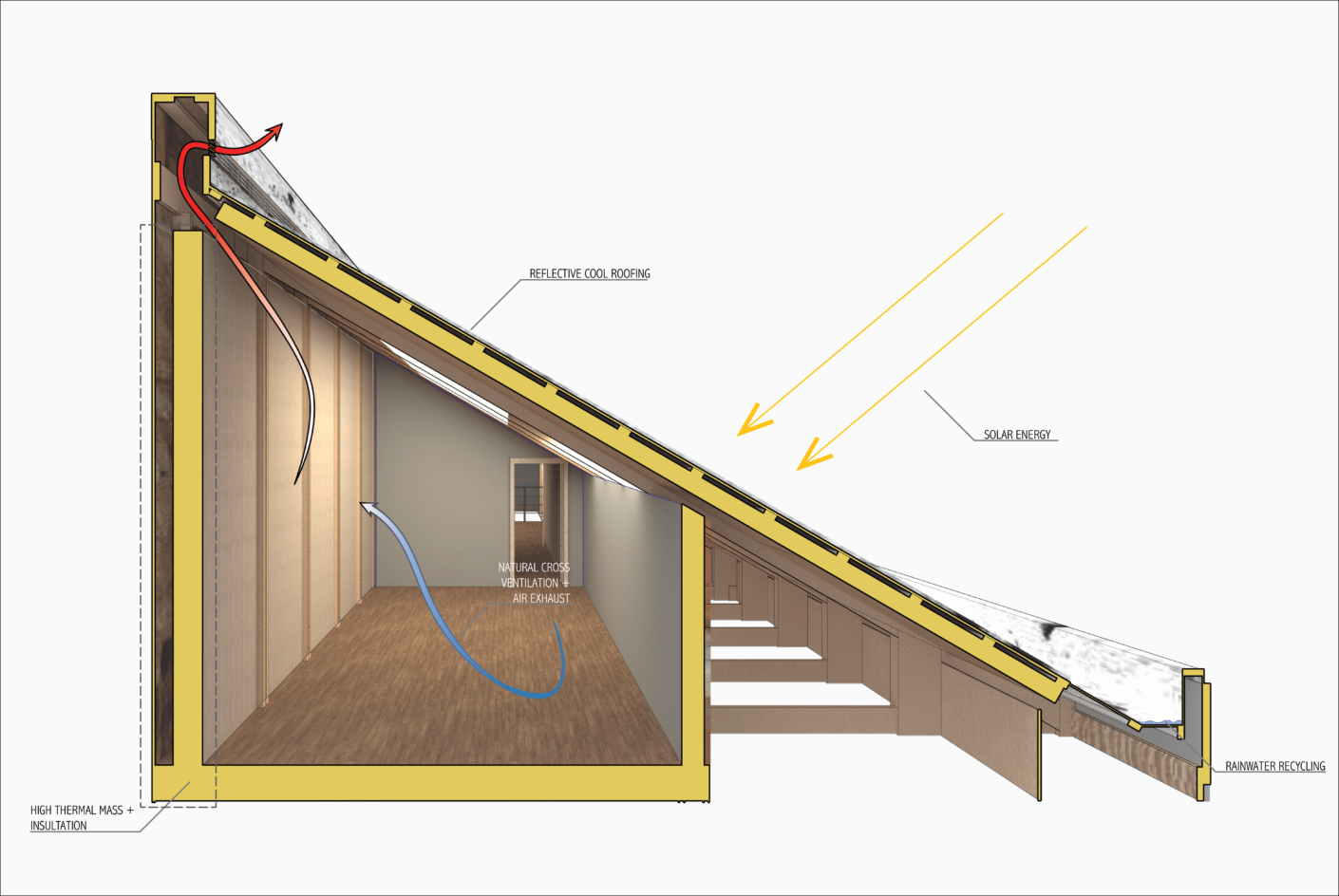
- I’m a quadruplet (fraternal), with two sisters and a brother, and we are all the same age!
- I was fortunate to have participated in a study-abroad program in Italy, and visited a total of 27 cities all across Europe over the course of a semester!
- I like watching and participating in musicals and cooking or baking in my spare time.
- I love dogs, including my own Shih Tzu-Chihuahua-Yorkie mix named Tucker.